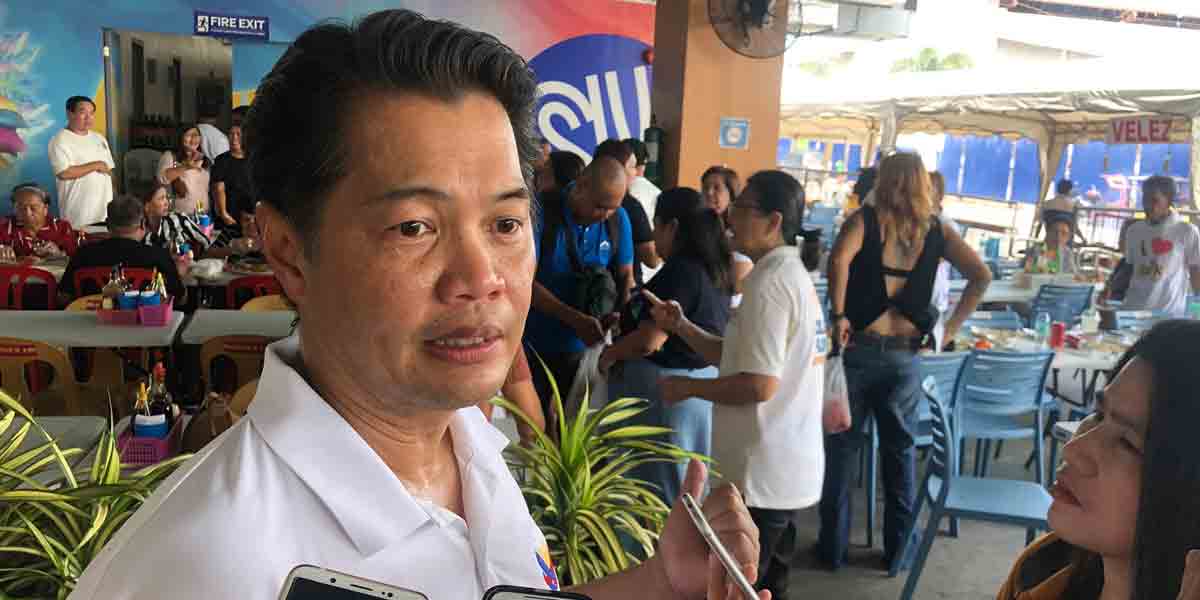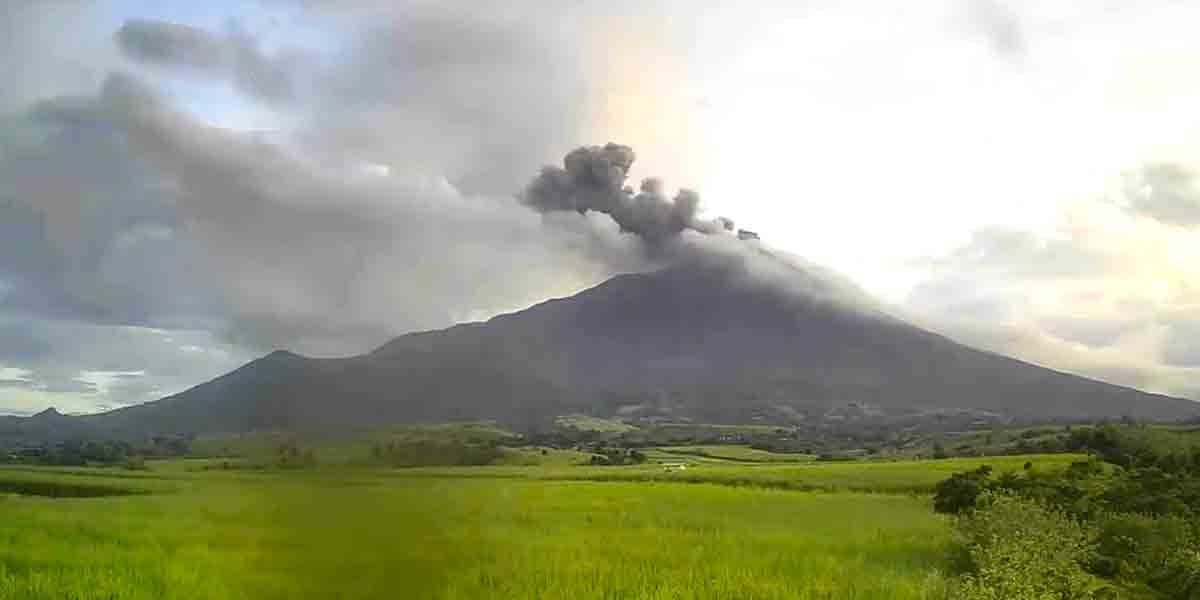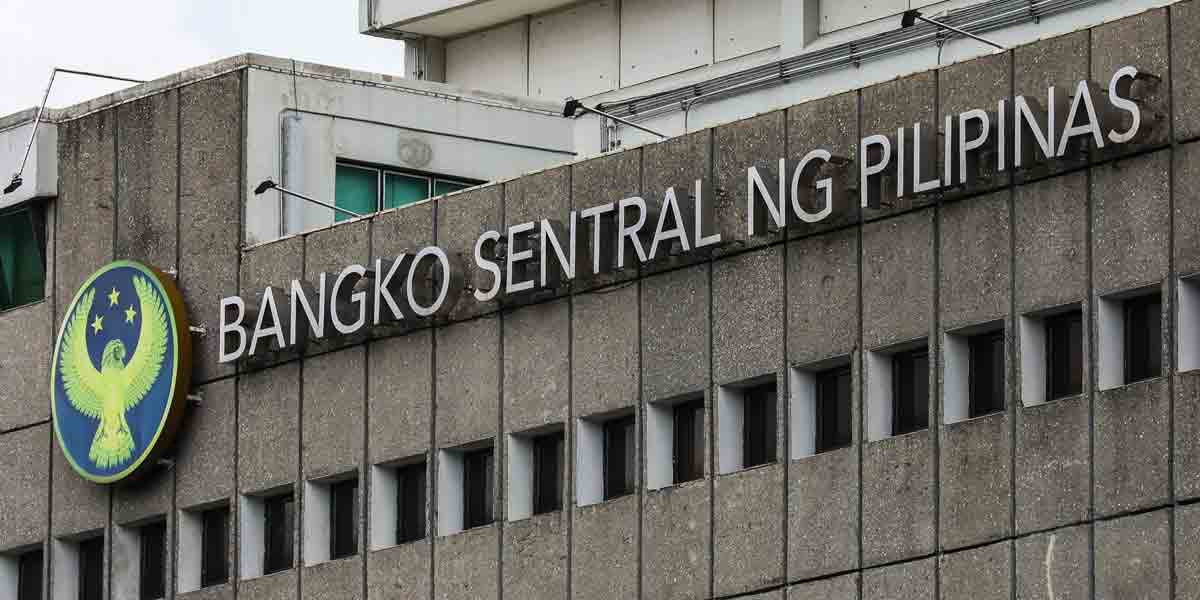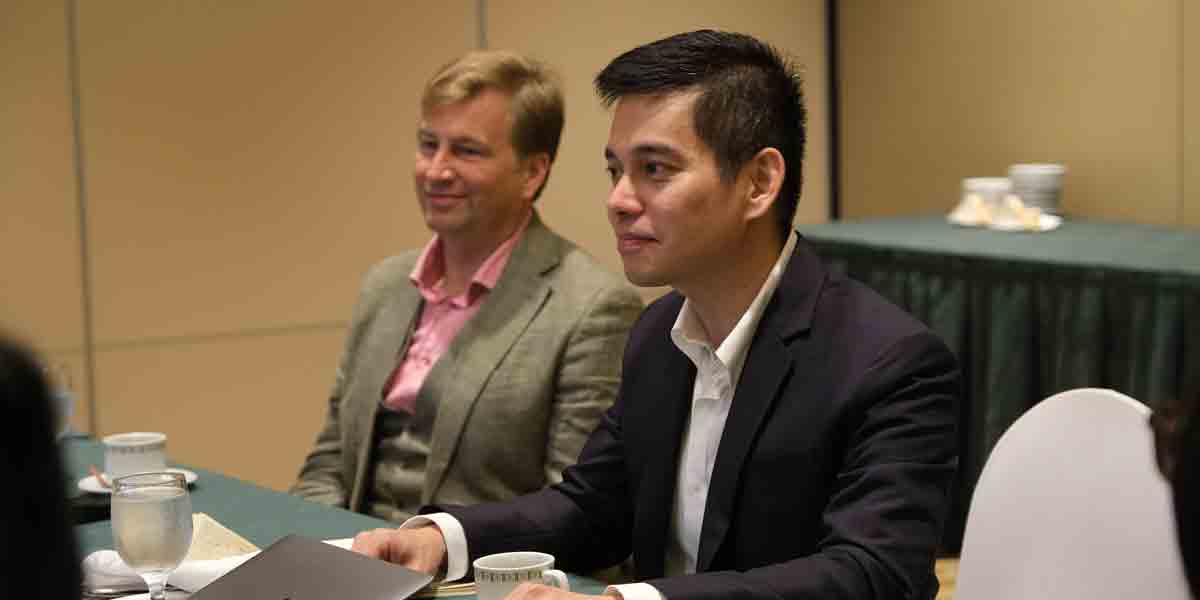By Dr. Herman M. Lagon
IN THE REALM of education, change has always been a constant. However, recent global events, such as the COVID-19 pandemic, have propelled the educational landscape into a state of unprecedented turbulence. To make sense of this chaos and prepare for the future, it is essential to understand two concepts that perhaps many are already familiar with: VUCA and BANI.
VUCA, which stands for volatility, uncertainty, complexity, and ambiguity, was initially developed by the US Army to describe the challenges they faced in a rapidly changing world. It later found its way into the business world, where it became a popular framework to navigate unpredictable environments. As technology advanced and the internet revolutionized communication, the VUCA concept became even more relevant.
Volatility refers to the speed of change, uncertainty reflects the inability to predict the future, complexity encompasses the multitude of factors to consider, and ambiguity describes the lack of clarity. In the context of teaching and learning, a VUCA world means that educators and students are faced with constant disruptions, evolving technologies, and a need for adaptability.
However, the VUCA concept falls short of capturing the current state of the world. The COVID-19 pandemic has ushered in a new era, which American anthropologist and futurist Jamais Cascio aptly describes as the BANI world. BANI stands for brittle, anxious, nonlinear, and incomprehensible, and it provides a more nuanced understanding of the challenges we face.
In the BANI world, the illusion of stability is shattered, and the fragility of our systems becomes apparent. The pandemic has exposed the vulnerabilities in our education systems, highlighting the need for resilience and adaptability. Anxiety pervades the educational landscape, affecting both educators and learners. The uncertainty surrounding health, safety, and the future of education fuels this anxiety, making it crucial for educators to provide support and create spaces for well-being.
Nonlinearity characterizes the BANI world, where cause-and-effect relationships become elusive. Traditional linear approaches to teaching and learning may no longer suffice. Educators must embrace flexibility, creativity, and innovation to navigate the nonlinear landscape. Additionally, the incomprehensibility of the BANI world challenges our understanding and requires a mindset of continuous learning and adaptation.
So, how can educators and educational institutions prepare for a BANI world? The key lies in embracing a proactive and agile approach. Building resilience among educators and students is crucial. This can be achieved through fostering a culture of collaboration, empathy, self-reflection, and support. Encouraging open communication, providing professional development opportunities, and promoting mental well-being, discernment, and mindfulness, and can help mitigate the anxieties of the BANI world.
Furthermore, educational institutions need to embrace nonlinearity by promoting innovative teaching methods and leveraging technology to facilitate personalized and adaptable learning experiences. Embracing emerging technologies such as artificial intelligence, virtual reality, and data analytics can help make sense of the complexity and create more effective learning environments.
In the face of incomprehensibility, educators must acknowledge that they do not have all the answers. Embracing a growth mindset and cultivating curiosity among students can foster a sense of wonder and exploration. Teaching students how to navigate ambiguity and develop critical thinking skills will equip them to thrive in the BANI world.
The transition from a VUCA world to a BANI world in the context of teaching and learning demands a critical yet proactive and hope-filled approach. Understanding the challenges posed by volatility, uncertainty, complexity, and ambiguity is essential for educators and institutions to navigate the ever-changing educational landscape. By embracing resilience, innovation, ingenuity, and adaptability, educators can prepare students for a future where change is the only constant.
***
In addition to exploring the VUCA and BANI frameworks, we will soon delve into the concepts of RUPT – Rapid, Unpredictable, Paradoxical, Tangled; and TUNA – Turbulent-Uncertain-Novel-Ambiguous, providing readers with a comprehensive understanding of the multifaceted challenges faced in navigating the ever-changing educational landscape.
***
Dr. Herman “Sir H” Lagon fondly describes himself as a “student of and for life,” who, like many others, aspires to a world that is life-giving, purpose-driven, and grounded in social justice. He is a professor at ISUFST, a student at USLS, a retiree from Ateneo, and an alumnus of UP, UI, and WVSU.




















